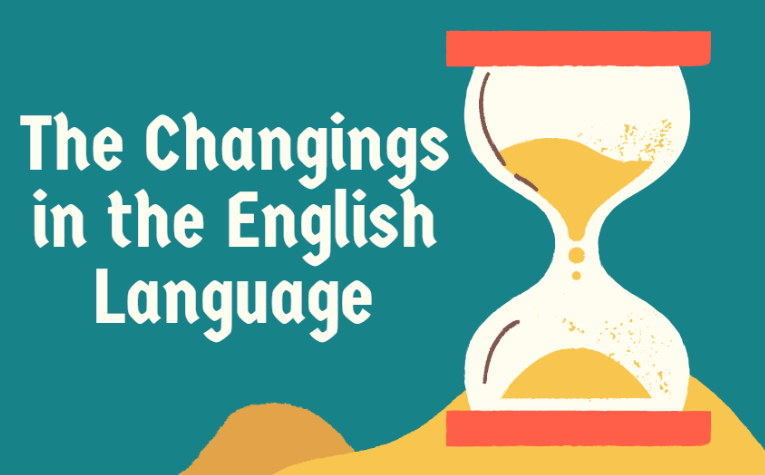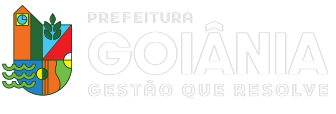Esta proposta de atividade de LÍNGUA INGLESA é destinada aos estudantes do 6° Período da Educação de Jovens e Adultos – EJA.

Disponível em: https://www.canva.com/design/DAFzZkKQDAk/GmjT1R9brUKpqTD5yGGUmg/edit , acesso em 30, Out. 2023
Leia o poema abaixo e responda as questões sobre o mesmo:
The Changings in the English Language
The history of the English language is one of continuous change, shaped by various cultures, historical events, and innovations over time. Starting with its Anglo-Saxon roots around 450 AD, English initially developed from Germanic languages, with some Latin influences left by the Romans. This early form of English was spoken by chieftains and warriors, reflecting a simpler, yet expressive form of the language.
The Norman Conquest in the 11th century had a profound effect on English. The Normans, who spoke Old French, introduced thousands of French words into English, especially terms related to law, governance, art, and cuisine. This created a blend of Anglo-Saxon and Norman vocabulary, evolving English into a richer, more complex language.
By the 16th century, during the Renaissance, English experienced another significant transformation as scholars introduced Latin and Greek terms to express new ideas in science, philosophy, and the arts. This intellectual period expanded the language’s vocabulary, enhancing its capacity to convey complex thoughts and innovations.
A major shift in pronunciation, known as the Great Vowel Shift, occurred in the 15th century, dramatically changing the sounds of English vowels. This shift altered the way people spoke and marked a turning point that shaped modern English as we know it.
Today, English has become a “living tapestry,” blending influences from countless languages. Globalization and technology have accelerated its evolution, incorporating terms from diverse cultures and new fields. English is now more than just a language; it’s an adaptable, ever-evolving system that reflects the history and growth of human thought. This ongoing transformation ensures that English will continue to develop as society changes, remaining relevant and dynamic for future generations.
Glossary:
Roots – Raízes
Blend – Mistura
Warriors – Guerreiros
Vocabulary – Vocabulário
Law – Lei
Governance – Governança
Cuisine – Culinária
Intellectual – Intelectual
Pronunciation – Pronúncia
Evolution – Evolução
Shift – Mudança
Growth – Crescimento
Tapestry – Tapeçaria
Globalization – Globalização
Dynamic – Dinâmico
Leia o diálogo abaixo e responda as questões sobre o mesmo:
QUESTION 1
Segundo Jamie, algumas das influências originais na língua inglesa são
(A) francês, espanhol e chinês.
(B) anglo-saxão, francês, latim e grego.
(C) latim, árabe e italiano.
(D) apenas Grego.
QUESTION 2
Alex acha notável sobre a língua inglesa que
(A) que ela permanece inalterada ao longo do tempo
(B) que novas palavras raramente são adicionadas
(C) que está sempre evoluindo com a sociedade
(D) que é principalmente influenciada por apenas uma cultura
QUESTION 3
Explique como a globalização e a tecnologia influenciam a evolução da língua inglesa, segundo o diálogo. Dê exemplos de como novos termos podem surgir através dessas influências.
QUESTION 4
Jamie menciona que a língua inglesa começou com raízes anglo-saxônicas e, ao longo do tempo, absorveu influências de outras línguas. Por que você acha que essa mistura de culturas e idiomas é importante para a evolução do inglês?
QUESTION 5
Na sua opinião, como a globalização e a tecnologia afetaram a linguagem?
| Autoria | Profª Drª Sueidy Lourencio |
| Formação | Letras Português/Inglês – Doutorado em Educação |
| Componente Curricular | Inglês |
| Objetivos de aprendizagem e desenvolvimento | (EJALI0635) Compreender a importância de se acolher e/ou legitimar diferentes formas de expressão da língua, tratando os usos locais do inglês e recursos linguísticos inerentes a eles em uma perspectiva de construçãode repertório linguístico. |
| Referências | BRASIL. Ministério da Educação. Base Nacional Comum Curricular. Brasília, 2018.Goiânia. Documento Curricular Eja – 2023. Educação Física. Secretaria Municipal de Educação e Esporte. 2023Goiânia. Documento Curricular Para a Rede Municipal de Educação de Goiânia – EJA. Secretaria Municipal de Educação e Esporte. 2023Goiânia. Organização Pedagógica da EJA – 2023. Secretaria Municipal de Educação e Esporte. 2022Lei Federal n. 8069, de 13 de Julho de 1990. ECA – Estatuto da Criança e do Adolescente.GLENDINNING, Eric; POHL, Alison. Oxford English for Careers: Technology 2: Student’s Book. Oxford: Oxford University Press, 2011.SWEENEY, Simon. English for Business Communication. 2nd ed. Cambridge: Cambridge University Press, 2003. |
